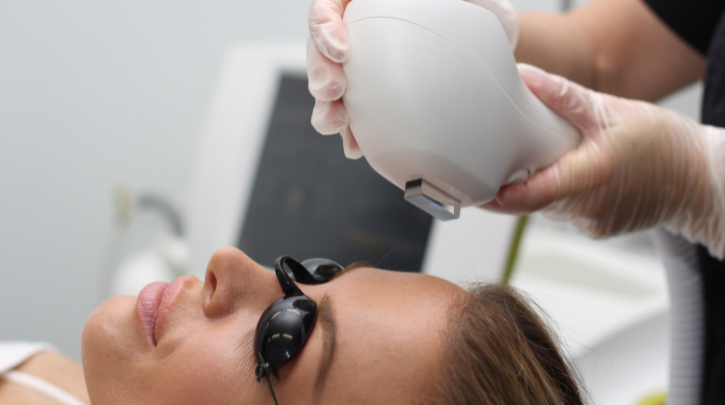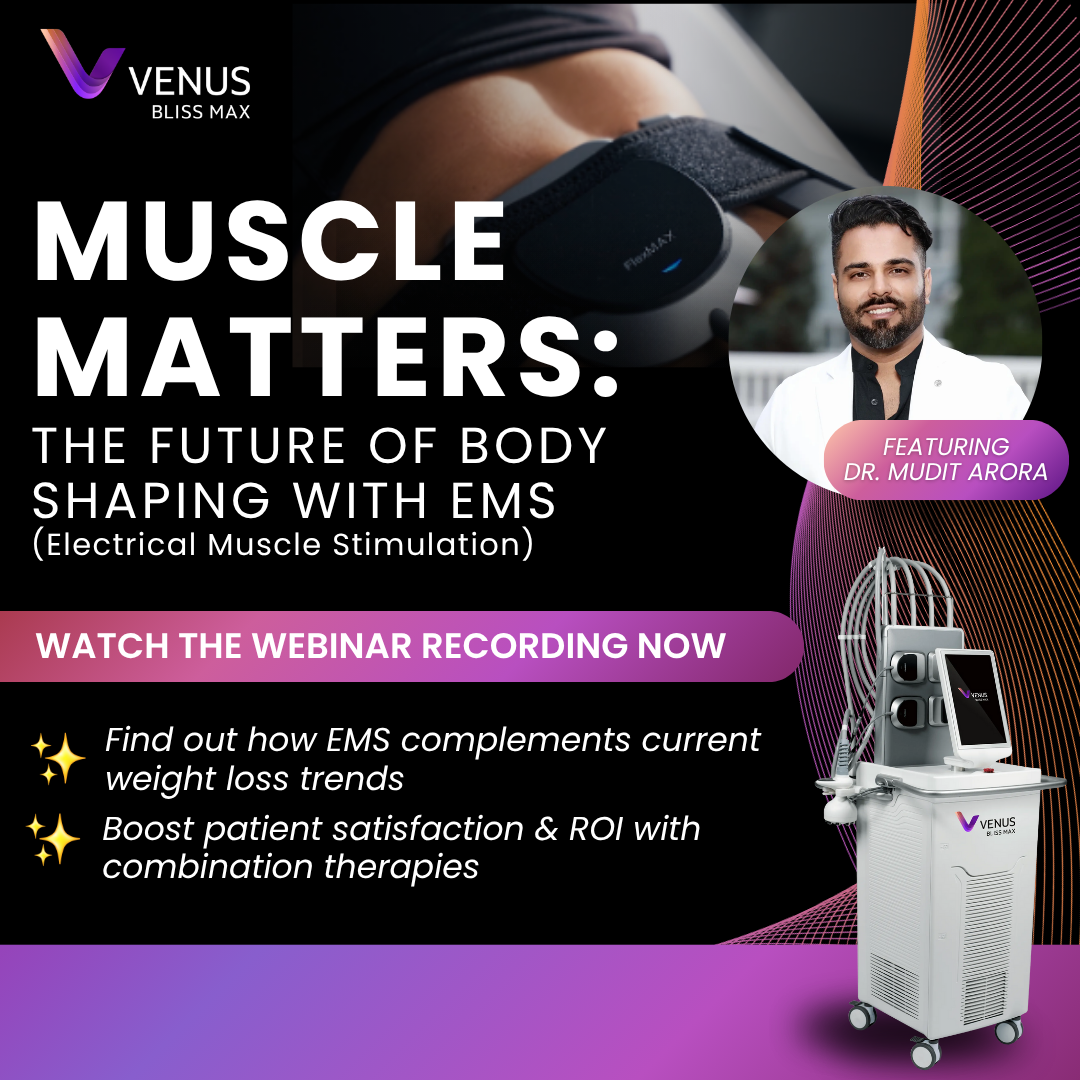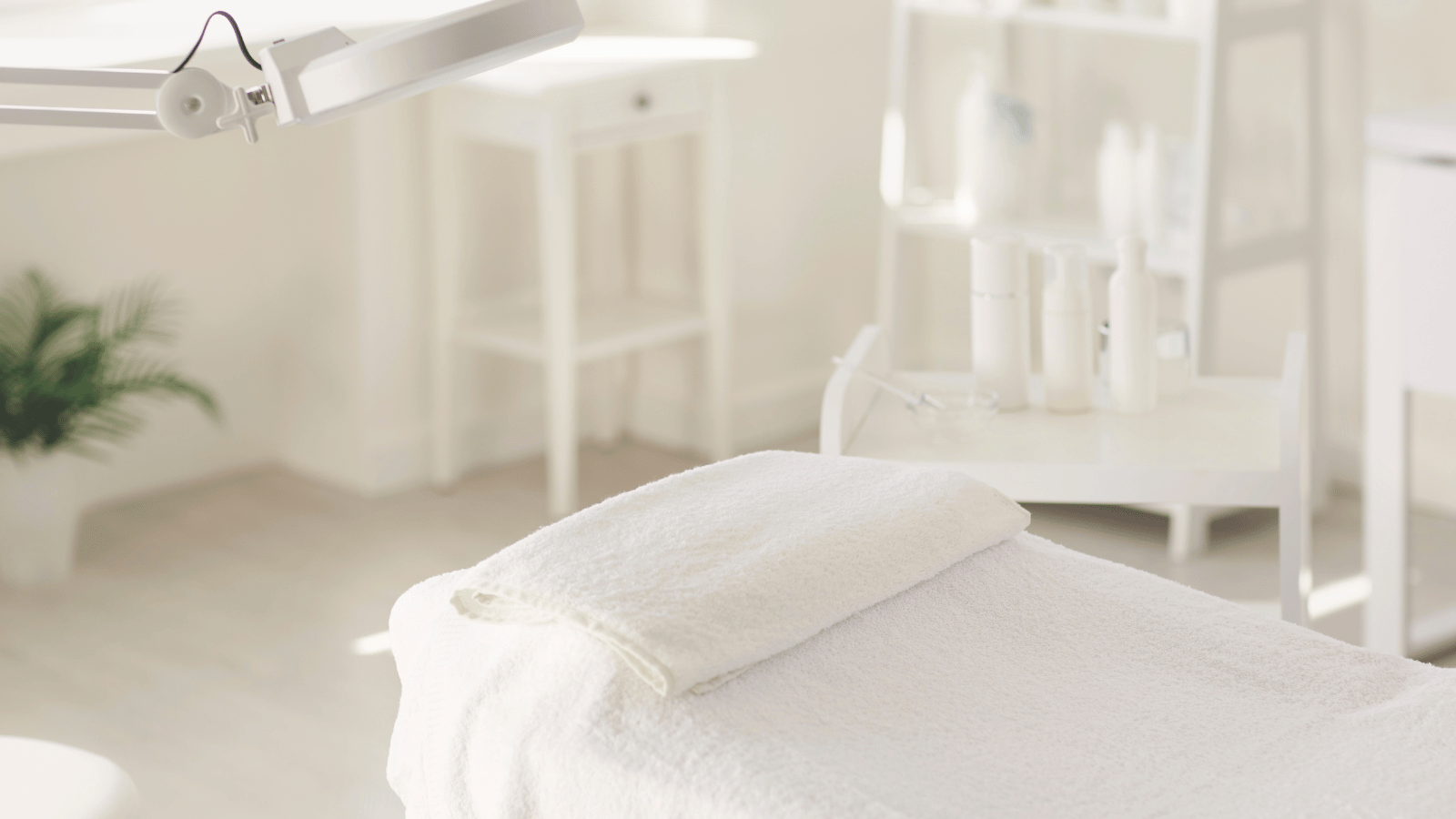How to Protect and Treat Patients with Sun Damage

The last few decades have seen an overwhelming transformation in public awareness of how sun exposure affects the skin. However, even with an increasing number of sun protection products on the market, sun damage remains one of the top aesthetic concerns for both men and women. In 2018, wrinkles, sun damage, and facial redness were among the most common skin conditions treated, with over 2.2 million treatments performed using laser, light, and energy-based devices to treat them. Additionally, sun damage treatments were up 29% this year and a striking 63% in just two years.
Treating sun damage and preventing further signs of photoaging is a must if you want to help your clients achieve their aesthetic goals by maintaining a healthy, youthful appearance—and also to protect their health. More than 9,500 patients are diagnosed with skin cancer in the U.S. each day, according to the Skin Cancer Foundation . T he solution ? Offering the best treatments for sun damage and educating patients on the potential dangers of sun exposure.
The Most Common Signs of Sun Damage
Exposure to the sun’s UVA and UVB rays is responsible for 90% of the visible changes to skin as it ages. These harmful rays not only cause visible changes to the surface of the skin, but they also damage the DNA of skin cells, so they have a harder time repairing themselves. In essence, sun exposure, especially unprotected, leads to faster and more visible aging. Signs of photoaging can occur as early as adolescence, and they can include:
- Wrinkles and fine lines
- Pigmentation changes such as age spots, liver spots, freckles , and melasma
- Loss of skin tone and decreased elasticity
- Rough, uneven skin texture
- Broken capillaries and spider veins, usually around the nose and chest
- Redness and blotchiness
- A worsening of conditions such as rosacea
Educating Patients On Sun Protection And SPF
Applying proper sun protection is the best way to reduce sun damage in the future, and for patients receiving any form of treatment for photoaging, it will be a necessary part of their aftercare. Make sure your clients know the facts about sun protection by sharing some tips and emphasizing the importance of using a daily SPF. Sunscreen that contains an SPF of 30 or higher is the best way to protect skin from the signs of sun damage—and other risks as well. Regular daily use of a good sunscreen can reduce the risk of developing squamous cell carcinoma by about 40 percent, and lower the risk of melanoma by 50 percent. Consider including a range of sun protection products in your clinic offerings for clients to choose from. This is also a great way to expand your clinic’s retail revenue.
Different Treatment Options For Sun Damage
Chemical Peels
Chemical peels involve applying one or more exfoliating compounds such as glycolic acid, trichloroacetic acid, salicylic acid, lactic acid, or carbolic acid to the treatment area for a controlled amount of time. The s olutions essentially “burn” off the surface layers of skin, promoting healing so that a new skin layer replaces the damaged one. Depending on the strength of the peel, patients may experience a burning sensation, and numbing or pain medication may be required for deeper peels. Although they can have results after just one session, chemical peels are one of the harsher options for treating sun-damaged skin, which already has a reduced ability to heal itself. During recovery, patients usually experience redness, peeling, and flaking, and this can take up to six weeks to resolve. Other potential risks include a temporary or permanent change in skin color, scarring, and reactivation of cold sores.
Lasers
Laser resurfacing is an effective way of reversing the damaging effects of sun exposure on the skin. Resurfacing lasers are either ablative or non-ablative. Ablative lasers use rapid pulses of high-intensity light to remove the damaged upper layers of your skin, thereby smoothing and tightening the skin, removing wrinkles, stimulating collagen growth , and correcting pigmentation problems. Non-ablative lasers are non-wounding and less invasive but produce less visible results. They act by stimulating collagen growth and tightening the underlying skin to promote healing and skin renewal. While lasers using advanced technology have fewer drawbacks to patients, they still involve some discomfort and recovery time, as well as potential side effects like scarring and pigment changes.
IPL
As opposed to chemical peels and lasers, Intense Pulsed Light (IPL) treatments are a rejuvenating therapy that uses wavelengths of light to improve the signs of sun damage. They achieve many of the same results that lasers do but in a gentler, more targeted way. IPL incorporates several wavelengths of light at once, fighting sun damage and improving the appearance of the skin from multiple angles. Because of this broad-spectrum approach, IPL treatments are milder than lasers or chemical peels, and they’re great for skin maintenance to preserve a healthy, youthful appearance at any age. The latest photorejuvenation technology is safe for all shades of skin, and patients usually experience no downtime at all and can resume normal activity right away—so there’s no need to hide in a dark room for a month, the way some chemical peel patients have to. Because of its safety, effectiveness, and low downtime, photorejuvenation using IPL technology is going to be the best option for most people experiencing sun damage.
IPL Photorejuvenation Treatments with Venus Versa
To treat the millions of people who experience sun damage, consider adding Venus Concept’s Venus Versa™ photorejuvenation device to your clinic’s offerings. Through IPL technology, our device delivers direct bursts of energy onto targeted areas of the skin to treat both pigmented and vascular lesions. To maximize comfort for patients, our IPL photorejuvenation device uses SmartPulse™ technology and a real-time cooling system to provide precise and consistent energy delivery with no downtime. Venus Versa™ IPL treatments provide patients with a safe, reliable way to counteract the effects of sun damage on the skin. As part of a nimble, multi-application platform, Venus Versa ™ also enhance s your practice overall by multiplying your clinic offerings to include the most sought-after procedures today, addressing other common aesthetic concerns with acne treatments , wrinkle treatments , fat reduction , cellulite reduction , and skin tightening .
To find out more about Venus Versa™ and our other state-of-the-art medical aesthetic devices, click the button below to reach out and speak to an expert one-on-one today.







